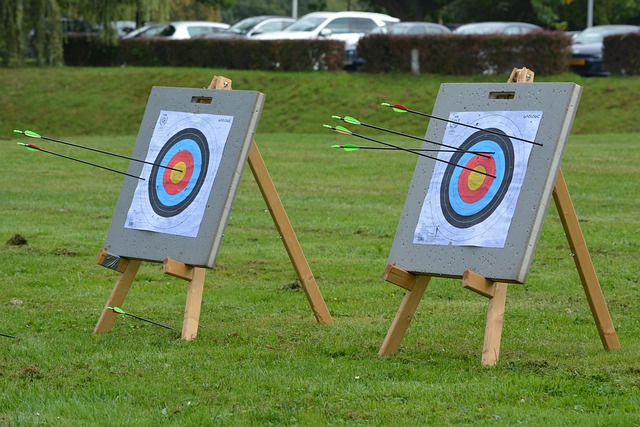- Home
- Teaching Strategies
- Autism goals for learning
How Setting Autism Goals for Learning Can Increase Success
Setting autism goals for learning are just how important to your home therapy program? Extremely. It could mean the difference between great gains and small gains, or even between success and failure.
In his book, Look Within Or Do Without, Tom Bay revealed the results of a study conducted by Harvard Business School regarding its former students 10 years after graduation.
The researchers found that only 3% of these graduates had achieved financial independence. Only 3% could live well without living from paycheck to paycheck.
The study found that this small group who had achieved this amount of wealth all had one thing in common: they had written goals for themselves with step-by-step lists on how they were going to achieve them.
Remember, these people were not smarter than all the others. All the people in the study had graduated from Harvard Business School.
But the successful graduates had decided on target achievements for themselves and written them down. At best, many of the others who didn’t reach this level of success had only a general idea of what they wanted to achieve.
So it stands to reason that setting autism goals for learning will help our children achieve greater success for what we want them to accomplish.
 You can't hit the bullseye without a target.
You can't hit the bullseye without a target.Who Will Write These Goals?
It may be that your children go to school and have a teacher who, in consultation with you, writes her objectives in an Individualized Education Program, or IEP. Perhaps they also see therapists who will write them for you.
These professionals will do the evaluating for you and talk to you about what you want your child to achieve over the next few months.
If that’s your situation, then all you have to do at home is to follow the standards that they have set by doing activities that will help to reach the goals.
But if you are homeschooling and you are responsible for subjects such as reading, then you will need to write those objectives. Or if for some reason your child doesn’t see a therapist outside the home, you will need to write objectives for therapy.
If you’re thinking, “Oh no, I have no idea how to do this or how to decide what these objectives will be,” don’t worry. It’s not really hard at all. I’ll give you the help you need here in this article.
But first, it’s important to know the characteristics of good objectives.
Effective Goals Will Be...
- Written down—Remember the difference between the group of Harvard graduates who became wealthy and the group that ended up poor? That’s right—the successful group wrote their goals down. The less successful group had only a general notion of what they wanted to achieve.
- Realistic—In other words, they must be do-able for your child. For example, a good objective for a nonverbal child might be, “Given 10 questions, Johnny will point to the correct choice 80% of the time.” An unrealistic one might be to expect Johnny to speak in sentences within 3 months.
- Specific—The autism goals should tell exactly what they will do, such as tying shoes, and the success rate you are aiming for, such as 80%. It should also set a certain time limit to achieve those objectives, such as 6 months.
- Watched—It makes sense to keep track of their progress and to note their success rate at least once or twice a week. Every day would be even better.
What to Do...
- Step back for a bit and ask yourself what you want them to learn. What do they need to learn that will help them function more normally than they do now? Write those ideas down.
- Find out what they are able to do now, if you aren’t yet sure. If, for example, you don’t know how accurately they can name the verbs on action cards, you need to test them to find out. Ten trials or questions should be enough.
- Write these results down so you can compare how they did this time with how they progress in the future.
- Now you can write the autism goals for what your child needs to achieve. Try following the examples below.
- After 3 to 6 months, re-evaluate to see how well they have progressed. If they have met some objectives, you can replace them with new ones you would like to see your child reach. And don’t worry if they have not met all of them. Just keep working on them if you believe that it‘s important for them to master those skills.
Examples of Autism Goals for Learning:
Given 10 action cards, Mary will state the correct verb 80% of the time.
Johnny will articulate consonants in his vocabulary words with 75% accuracy.
Using an electric toothbrush, Joseph will correctly brush his teeth with minimal prompting.
Do you get the idea?

Be Pleased With Their Efforts
If your child doesn’t always make amazing progress, please be patient. It helps to learn to be happy with even small gains.
And it would really encourage our children if we make it a point to tell them how proud we are of all their efforts and for any progress they have made, whether that progress is slow or fast.
Love and praise are both so motivating.
What’s more, our kids need to know that we love them regardless of what they achieve or fail to achieve.
I know you can be successful in setting autism goals for your home program. And once you start following this procedure, I think you will be truly pleased with your child’s progress.




New! Comments
Have your say about what you just read! Leave me a comment in the box below.